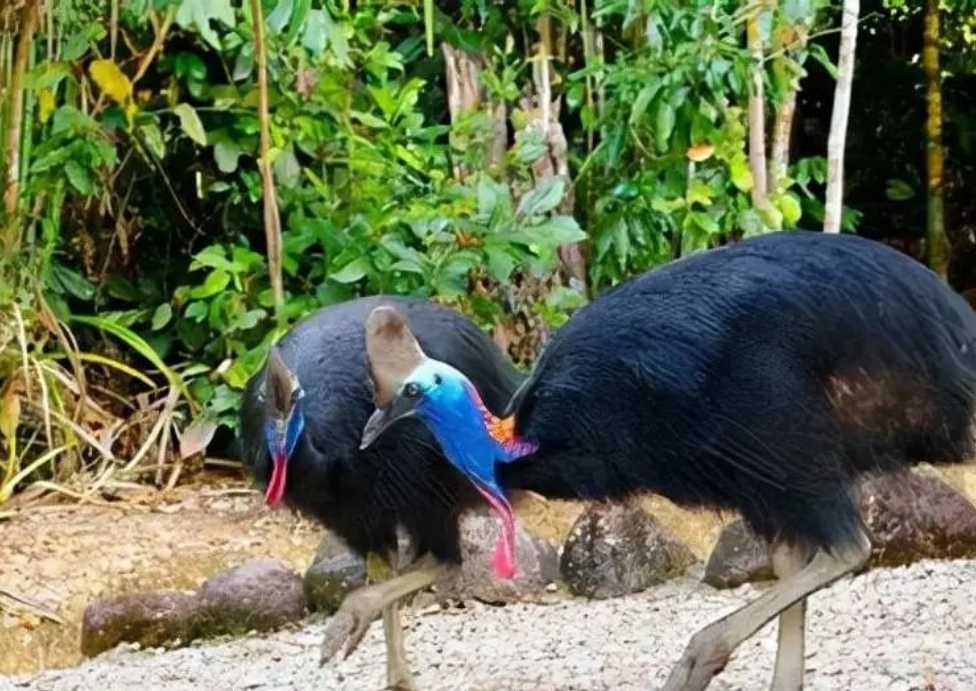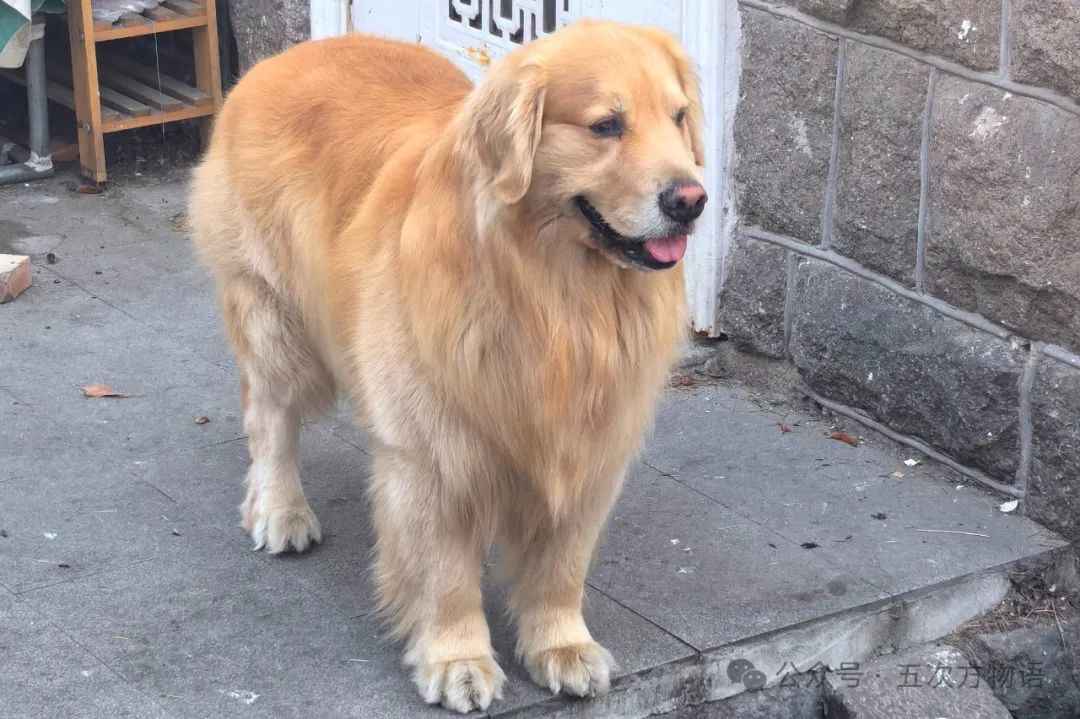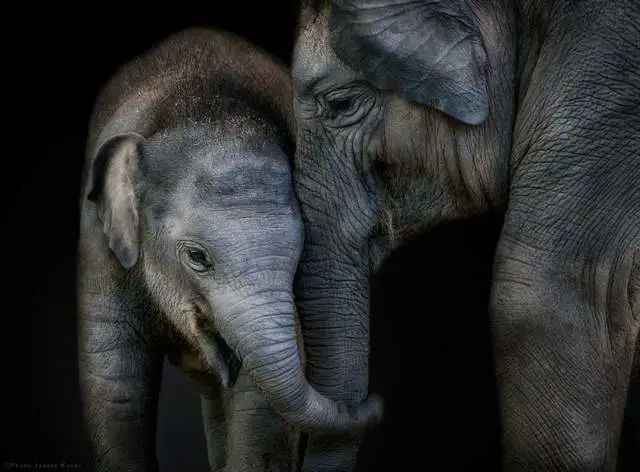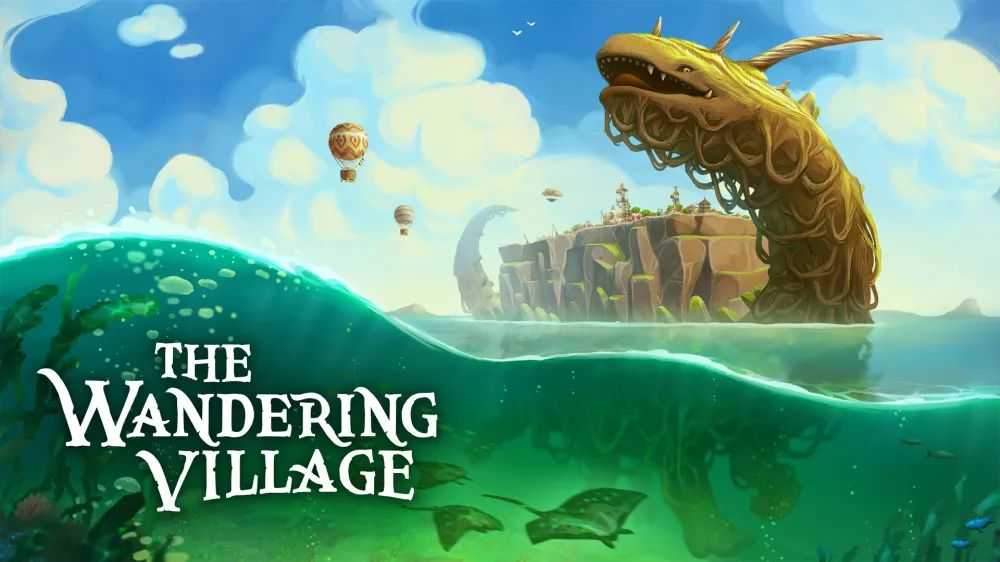The cassowary’s lineage dates back to the time of the dinosaurs, making it a living relic of avian evolution. Standing up to 1.8 meters tall and weighing over 60 kilograms, it boasts a distinctive blue head, a bony casque on its crown, and a vibrant red wattle hanging from its neck. But its most fearsome feature is the pair of dagger-like claws on each foot, specifically the inner toe, which can grow up to 12 centimeters long. These claws are razor-sharp and curved, designed to slash through dense vegetation, defend against predators, or tear apart hard-shelled fruits and small prey.
In the wild, cassowaries use their claws primarily for foraging and self-defense. They scratch the forest floor to uncover seeds, fungi, and insects, and their powerful legs allow them to kick with incredible force—capable of breaking bones or tearing through tough materials like tree bark and thick foliage. When threatened, a cassowary can lunge forward and deliver a slashing kick that has been known to injure humans and other animals. Despite their aggressive reputation, they are generally shy and only attack when provoked, such as when defending their nests or chicks.
Listed as Vulnerable by the IUCN, cassowaries face threats from habitat loss, vehicle collisions, and human interference. Their rainforest homes are being destroyed by deforestation, and climate change is altering their food sources. As important seed dispersers, cassowaries play a crucial role in maintaining forest health, helping to spread the seeds of native plants across their range. Conservation efforts in Australia, including habitat protection and public education, aim to safeguard both the species and its ancient ecosystem.
The cassowary’s existence is a testament to the resilience of prehistoric life, proving that some of Earth’s oldest creatures still roam the planet. Its fearsome claws, evolved over millions of years for survival, serve as a reminder of the raw power of nature and the urgent need to protect these living links to our planet’s distant past. As we strive to preserve Australia’s unique biodiversity, the cassowary stands as a symbol of the wild, untamed beauty that still thrives in our world’s last great rainforests.










